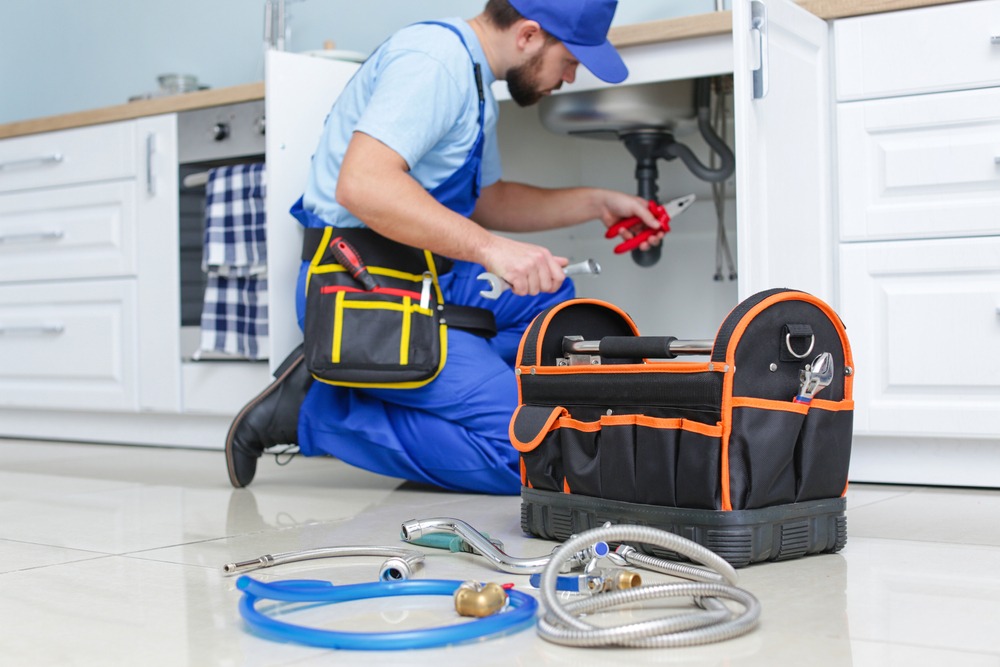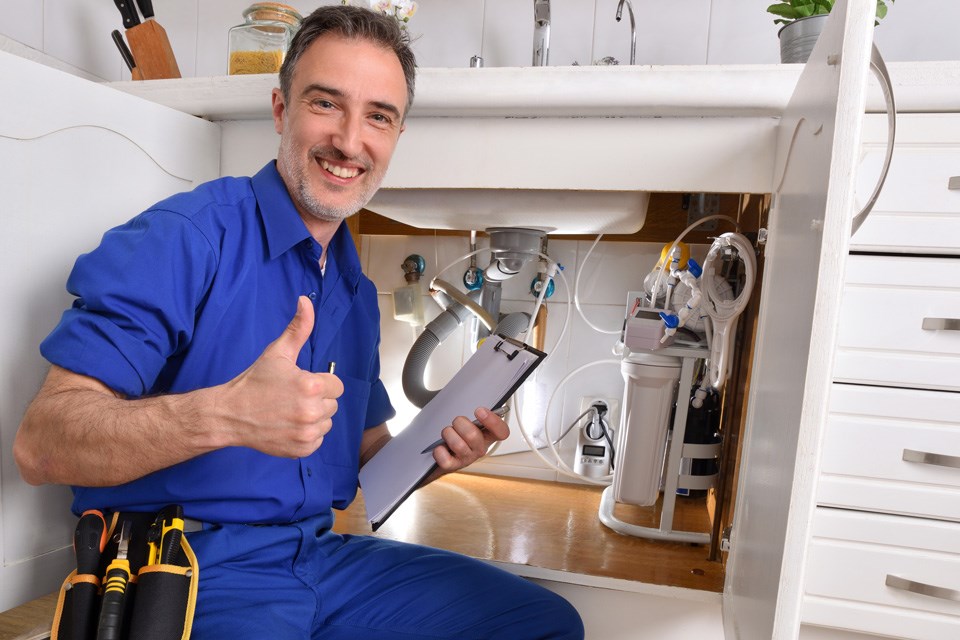A Step-by-Step Guide to Reliable Water Heating Unit Installment for Ideal Efficiency
Beginning on the task of setting up a water heater is an endeavor that demands precision and a systematic technique for achieving optimum performance. As you continue, the intricacies of linking water supply lines and setting up dependable electric or gas links await, appealing understandings into making sure efficiency and integrity.
Choosing the Right Hot Water Heater

Following, think about the dimension and ability of the water heating unit. It's vital to analyze your household's warm water demands, which can vary based on the variety of residents and their use patterns. A device that's also little might result in not enough warm water, while a large version might lead to unneeded energy usage.
Performance ratings likewise play a pivotal role in selection. Try to find water heaters with high Energy Element (EF) scores, indicating exceptional efficiency and lowered power use. Tankless models, though commonly much more expensive in advance, deal considerable power savings in time as a result of their on-demand heating abilities.
Preparing the Installment Location
Before mounting a new water heater, careful preparation of the installation location is necessary. It's vital to measure the room very carefully to accommodate the water heating system's measurements, guaranteeing adequate clearance around the unit for reliable operation and servicing.
Following, remove any kind of particles, dust, or obstructions from the website to create a tidy environment. Inspect the flooring for stability, as the hot water heater will need a strong, degree surface to run properly. If necessary, install a drip frying pan underneath the device to capture potential leaks or spills, stopping water damages to the surrounding location. In areas prone to seismic activity, take into consideration installing seismic bands to safeguard the heating system securely in position.
Furthermore, make certain that all necessary tools and materials get on hand prior to commencing the installment. This includes things such as wrenches, screwdrivers, a degree, and any additional hardware needed for mounting and protecting the heating unit. A well-prepared setup area establishes the foundation for an effective water heater setup, optimizing performance and safety.
Connecting Water System Lines
When attaching water lines to your freshly mounted water heating system, it is critical to ensure that all links are leak-free and safe to preserve effective operation and prevent water damages. Begin by determining the warm and cold water supply lines. The cold water inlet is typically noted with a blue label or a "C", while the warm water electrical outlet is marked with a red label or an "H".
Use flexible hot water heater connectors to help with a simpler installation procedure. These adapters can take in vibration and permit small movement, lowering the threat of leaks. Prior to affixing the ports, position a plumbing professional's tape around the threaded ends of the hot water heater's inlet and outlet pipelines - Plumber Alabaster AL. This tape acts as a sealant, protecting against original site leakages. Thoroughly connect the flexible pipes to the corresponding inlet and outlet, guaranteeing that they are limited but not over-tightened, which can damage the threads.
As soon as connections remain in place, gradually transform on the main water valve. Examine each link for leakages by visually checking and really feeling for moisture. Tighten up links as required, and make certain the pressure safety valve is appropriately installed, safeguarding versus too much pressure accumulation.
Establishing Electric or Gas Connections
Properly establishing the electric or gas links for your hot water heater is an important action to guarantee efficient and secure procedure. For electrical hot water heater, start by confirming that the electric circuit works with the heating unit's voltage and amperage demands. Guarantee the power supply is switched off at the circuit breaker to stop accidents. Connect the electrical cords to the heating system adhering to the manufacturer's wiring layout. Generally, this includes linking the ground wire to the green terminal, and the remaining cables to their matching terminals, protecting each with wire nuts.
For gas water heaters, safety is vital. Link the gas line to the water heating system making use of a versatile gas port, ensuring it is properly threaded and sealed with pipeline joint compound or Teflon tape appropriate for gas connections.
Once links are made, examine for any type of potential leaks. For gas lines, use a soapy water service to the joints; bubbles suggest a leak. For electrical links, verify that all wiring is secure and appropriately insulated, maintaining compliance with regional electric codes.
Adjusting and examining for Efficiency
With the electric and gas connections firmly in position, the following step is assessing the functional effectiveness of your water heater. Begin by carefully switching on the water supply and making sure there are no leakages at any of the joints or valves. As soon as confirmed, continue to fill the storage tank, focusing on the stress and temperature settings. It is suggested to set the thermostat to an advised temperature level of around 120 ° F(49 ° C) to stabilize energy efficiency and comfort.
Following, do a detailed examination to make sure the home heating aspects or burner are functioning correctly. For electric heating systems, make use of a multimeter to validate if the aspects are drawing the appropriate existing. In gas models, observe the heater fire; it must be blue and consistent, showing efficient combustion.
Adjust the setups as essential to remove inadequacies. Take into consideration carrying out insulation procedures, such as adding a water heating unit blanket, to additionally boost performance by lessening warm loss. Furthermore, inspect the anode pole's condition, as a shabby pole can lower effectiveness and lead to storage tank rust.
Conclusion
Effective water heater installment is critical for guaranteeing optimum efficiency and energy cost savings. Firmly connecting water supply lines and thoroughly establishing up electrical or gas links lessen prospective problems.

Effectively setting up the electric or gas links for your water heater is a crucial step to make sure secure and efficient operation. For electric water heating units, start by verifying that the electrical circuit is compatible with the heating unit's voltage and amperage needs. Connect the gas line to the official statement water heating unit web making use of a flexible gas port, guaranteeing it is properly threaded and sealed with pipe joint compound or Teflon tape suitable for gas connections.